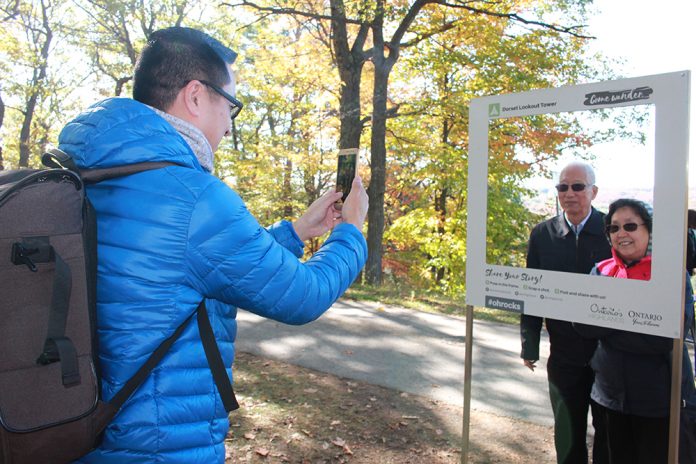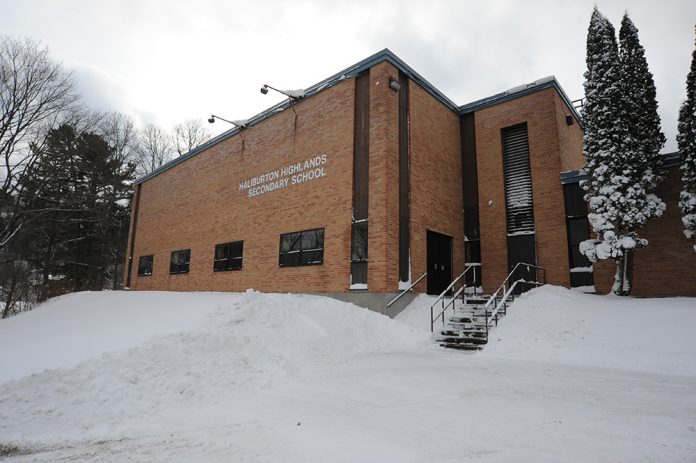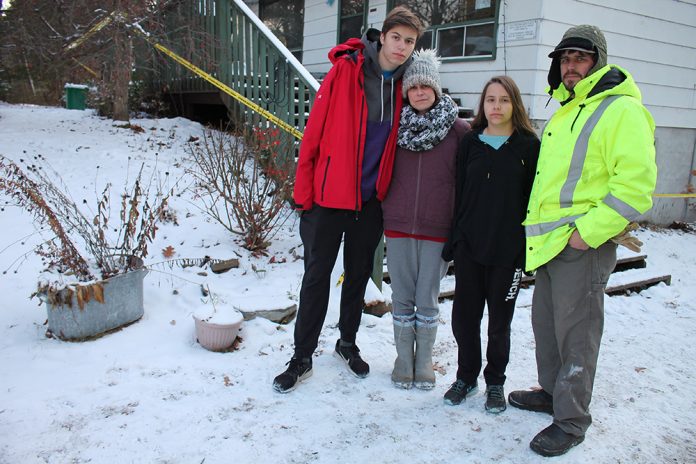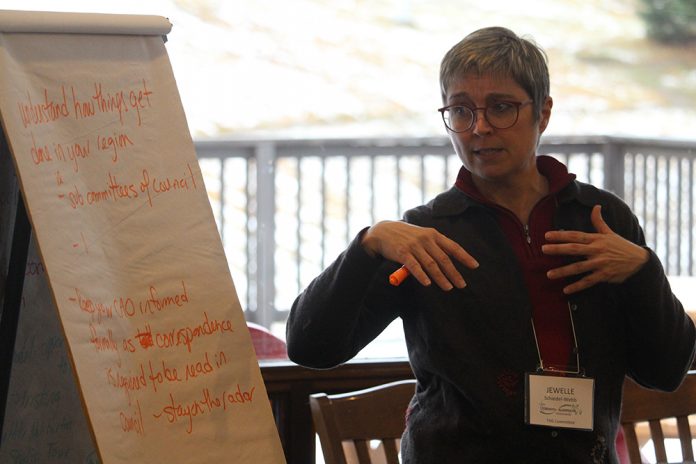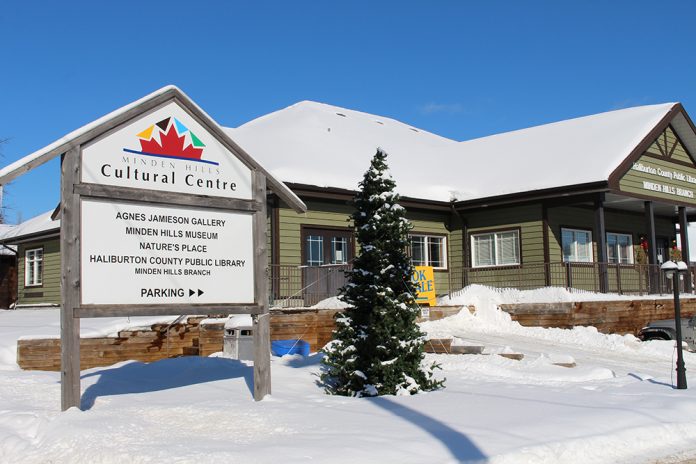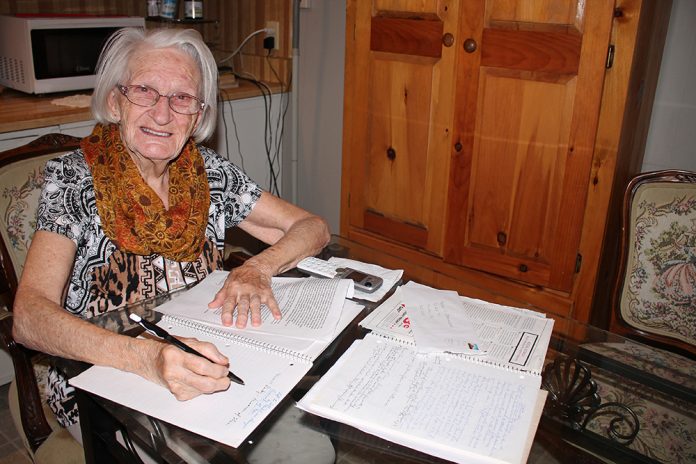Dave Crete had just finished splitting wood, and Leann cleaning one of the cottages at The Pines on Boshkung Cottage Resort, when they headed across the yard for home last Thursday afternoon.
Leann said Dave was ahead of her and realized the smoke alarms were going off. She said the woodstove had been going so Dave ran to the back door, only to find their ceiling on fire.
“I heard him screaming,” Leann recalled during an interview Nov. 11. “I called 911.”
Their two children, Zayden, 16, and Violet, 12, were at school but the family dog, Lexie, was in the house.
“We tried to run up to see if we could get our dog but it was like a wall of smoke,” Leann says with emotion choking her voice. The pet was upstairs, where the flames didn’t reach, but the beloved family pet quietly slipped away from smoke inhalation.
From there, Leann said it “was a pretty horrible time” and it seemed “like a lifetime” for emergency responders to arrive, but she knows they were quick. She said the Algonquin Highlands fire department, with assistance from Minden, had the fire out in about 40 minutes from the time she dialed 911.
“Amazing. Luckily the fire didn’t roll over to the second floor,” Leann said.
Algonquin Highlands fire chief Mike Cavanagh said on Nov. 12 that the cause was accidental and due to improper disposal of ash. He put the structural damage at $180,000. He said they were called at 12.55 p.m. Nov. 7, responding with 18 firefighters and eight fire trucks from Algonquin Highlands and Minden Hills. The house is unlivable as many of the joists were burnt and because of the extensive smoke damage.
The Crete’s were able to go inside and retrieve some items, such as business papers, wedding rings and other jewellery, and the resort computer. The family has owned The Pines since May 2015. Leann said they were finally getting it “to a good spot, then this happens, but we just keep telling ourselves we’ll be stronger for it.” We’re trying to look at the positive things. The children were at school and not hurt. We weren’t inside. We still have each other. People have been so incredibly generous. We can’t thank them enough.”
Rhubarb and Boshkung Brewing Co. owner Terri Mathews-Carl started a GoFundMe campaign. Mathews-Carl said her family used to own The Pines. It had raised more than $5,000 of its $10,000 goal as of press time Wednesday.
“Thank goodness we have insurance,” Leann added, noting Glenn Hall of Floyd Hall Insurance arrived within about 15-20 minutes of being called. The family wanted to thank Hall, Mathews-Carl, the EMS personnel, including firefighters, paramedics, OPP, the fire marshal, complete strangers that stopped, family, friends and neighbours and the principal of J. Douglas Hodgson Elementary School, Andrea Borysiuk, who drove the kids home.
Leann said they are staying in a fully-furnished cottage for now. They have been given clothing and food. They don’t know exactly what they will need going forward. However, she said if people don’t want to use the GoFundMe, the family can always use grocery vouchers or gift cards, but mostly prayers, love and positive thoughts are needed.
Through it all, they are continuing to operate their business, since cottages are booked. “We don’t want to disappoint our guests that were booked or lose our clientele,” Leann said.
While most of their immediate physical needs are being taken care of, the family is coming to terms with their emotions. The Crete’s added they were able to recover “their beloved” Lexie and give her a proper burial on the property with all of her favourite toys.
“All four of us will be okay. We’re strong. It’s going to be a tough year, and there are going to be a lot of tears, but we are counting our blessings and we’re going to come out stronger at the end,” Leann said.
Cavanagh said ashes should always be placed in a metal bucket or can and removed from the building as soon as removed from the stove. He said ashes should be placed well away from any building or structure until they can be disposed of properly as they will hold heat and coals for many days. He also advised people to ensure that homes and cottages have working, up-to-date smoke and carbon monoxide alarms on all floors, and outside of all sleeping areas.
Go to gofundme. com/f/crete-family-home-fire.


